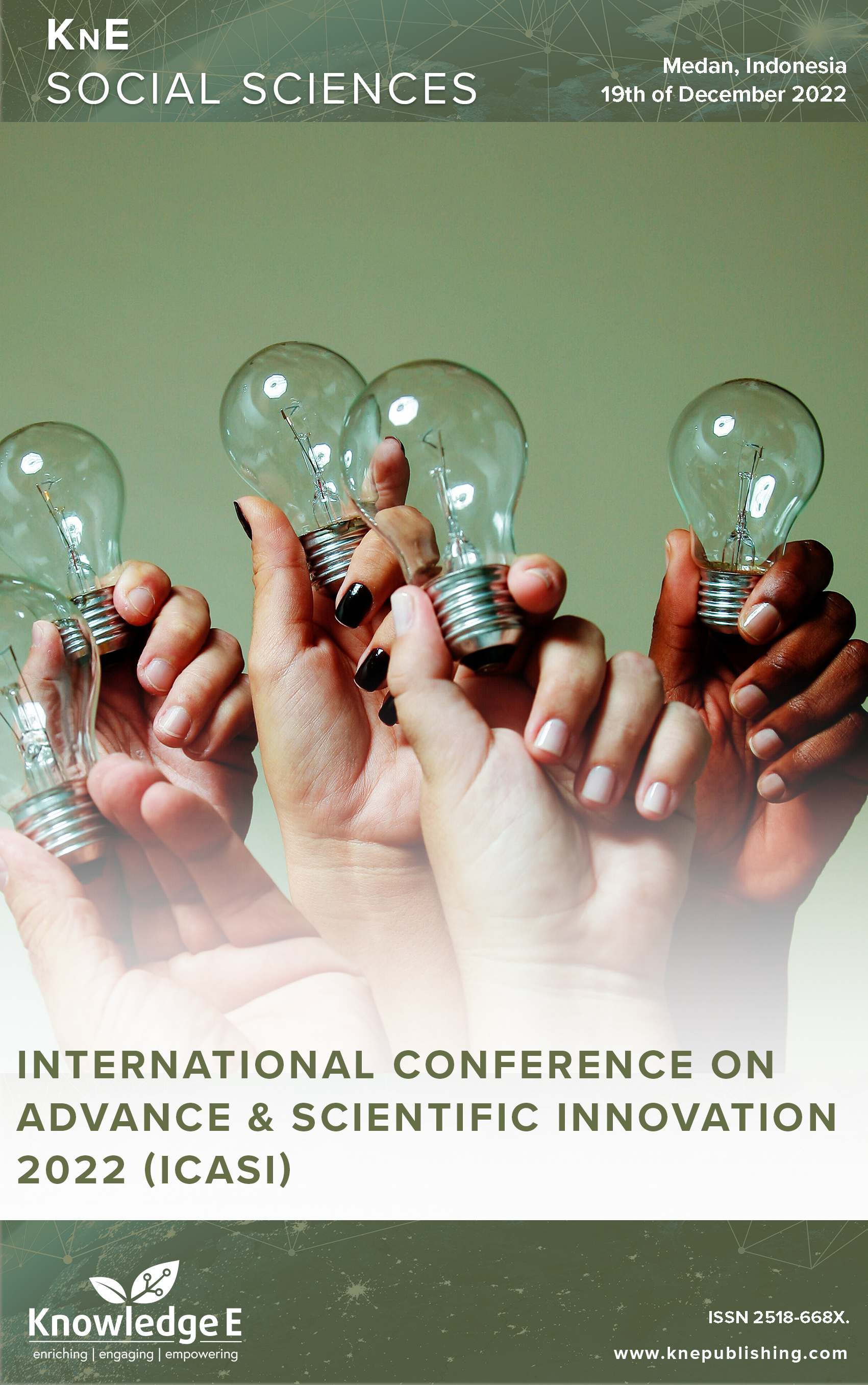Diarrhea in Children Under Five Years Old at RSUD Kota Kendari
DOI:
https://doi.org/10.18502/kss.v8i9.13338Abstract
Diarrhea is the world’s biggest cause of death for children under five years old. According to UNICEF records, every second toddler dies of diarrhea. Diarrhea is often considered a trivial disease, but according to World Health Oraganization records, diarrhea kills 2 million children in the world every year. This descriptive study used a retrospective approach and utilizes data from diarrhea case reports and medical records of diarrhea patients at RSUD Kota Kendari. The research was conducted in October 2022, and the population were all children under five years old who suffered from diarrhea and had been treated at RSUD Kota Kendari. Then the data is presented in the form of tables or graphs. The results showed that diarrhea was more common in males than females. 46 cases (51.69%) were males, and 43 (48.31%) were females. The highest case of diarrhea was found in children aged 1-4 years, with 51 cases (57.30%), and the highest increase of cases occurred in August with 21 cases. More boys were hospitalized than girls. Weather can cause diarrhea. Based on the data, the highest diarrhea rate occurred in October, when the dry season peaked and the availability of clean water was low. Based on the surveyed data, children were more susceptible to diarrhea because they were still in their infancy. Therefore their immunity was still low, and their awareness of the importance of paying attention and maintaining personal hygiene was minimal.
Keywords: Diarrhea, Children, Environmental Health
References
[2] Kemenkes RI, “Data Profil Kesehatan Indonesia,” 2016.
[3] Kemenkes RI, “Riset Kesehatan Dasar,” 2018.
[4] Departemen Kesehatan, Pedoman Pemberantasan Penyakit Diare. Jakarta: Ditjen PPM dan PL; 2005.
[5] E. Lever DS. Acute Diarrhea. Cleveland Clinic Center for Continuing Education; 2009.
[6] “Laporan Penyakit Diare,” 2022.
[7] Alambo KA. The Prevalence of Diarrheal Disease in under Five Children and associated Risk Factors in. ABC Res. Alert. 2015;3(2):12–22.
[8] Parwata WS, Sukardi W, Wahab A, Soenarto Y. Prevalence and clinical characteristics of rotavirus diarrhea in Mataram, Lombok, Indonesia. Paediatr Indones. 2016;56(2):118.
[9] Amugsi DA, Aborigo RA, Oduro AR, Asoala V, Awine T, Amenga-Etego L. Sociodemographic and environmental determinants of infectious disease morbidity in children under 5 years in Ghana. Glob Health Action. 2015 Oct;8(1):29349.
[10] Lestari SR. Analisis Proses Manajemen Sumber Daya Manusia di Bidang Sumber Daya Manusia (SDM) Rumah Sakit Islam Faisal Makassar Tahun 2016. Karya Tulis Ilm. 2016;1(2):0–116, 2016. [Online]. Available: http://dspace.unitru.edu.pe/ bitstream/handle/UNITRU/10947/MiñanoGuevara{%}2CKarenAnali.pdf?sequence= 1&isAllowed=y{%} Ahttps://repository.upb.edu.co/bitstream/handle/20.500.11912/ 3346/DIVERSIDADDEMACROINVERTEBRADOSACUÁTICOSYSU.pdf?sequence= 1&isAllowed=
[11] Blum HL. Planning for health; development and application of social change theory, 75th ed. 1975. https://doi.org/10.1097/00000446-197508000-00062.
[12] Soetjiningsih IN. Gde Ranuh, Tumbuh Kembang Anak/penyunting Soetjiningsih, 2nd ed. Jakarta: Buku Kedokteran; 2013.
[13] Trost SG, Pate RR, Sallis JF, Freedson PS, Taylor WC, Dowda M, et al. Age and gender differences in objectively measured physical activity in youth. Med Sci Sports Exerc. 2002 Feb;34(2):350–5.
[14] Ishii K, Shibata A, Adachi M, Nonoue K, Oka K. Gender and grade differences in objectively measured physical activity and sedentary behavior patterns among Japanese children and adolescents: a cross-sectional study. BMC Public Health. 2015 Dec;15(1):1254.
[15] Juvitha DC, Nurbaiti L, Suryani D. Gambaran Kasus Diare Akut pada Anak di Bawah 5 tahun yang dirawat Inap di RSU Provinsi NTB Tahun 2015. Unram Med. J. 2019;8(1):13.
[16] Nurima R. Tosepu, A. L. O. Saktiansya, H. Lestari, Jumakil, and L. L. O. Azim, “Hubungan Antara Variabilitas Iklim Dengan Kasus Diare di Kota Kendari Tahun 2014-2018,”. J. Kesehat. Masy. Celeb. 2020;1(04):23–32.

